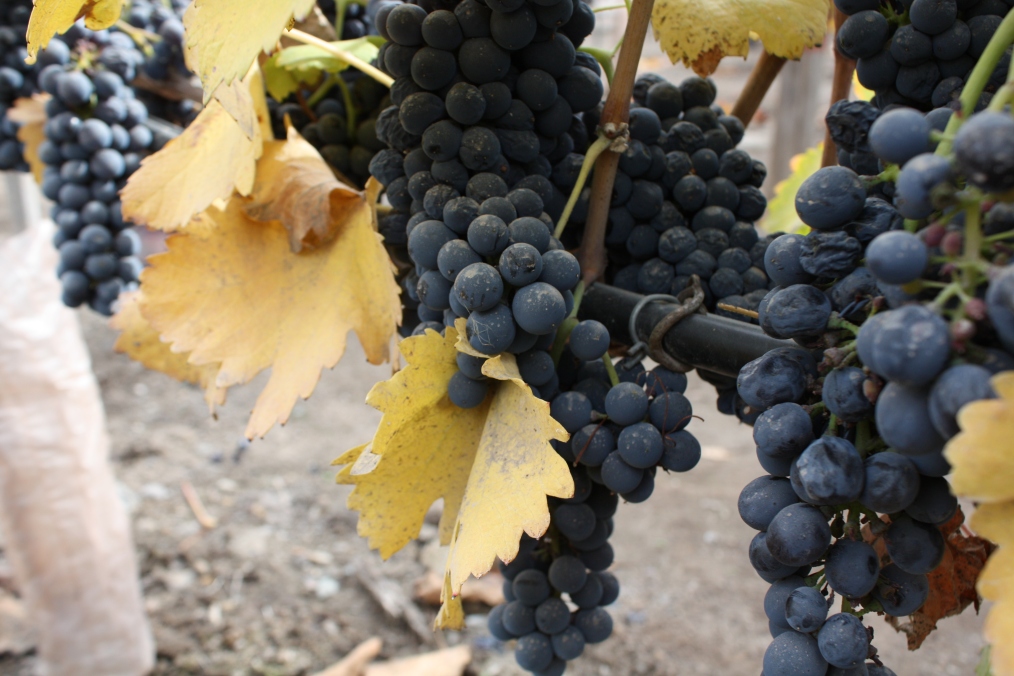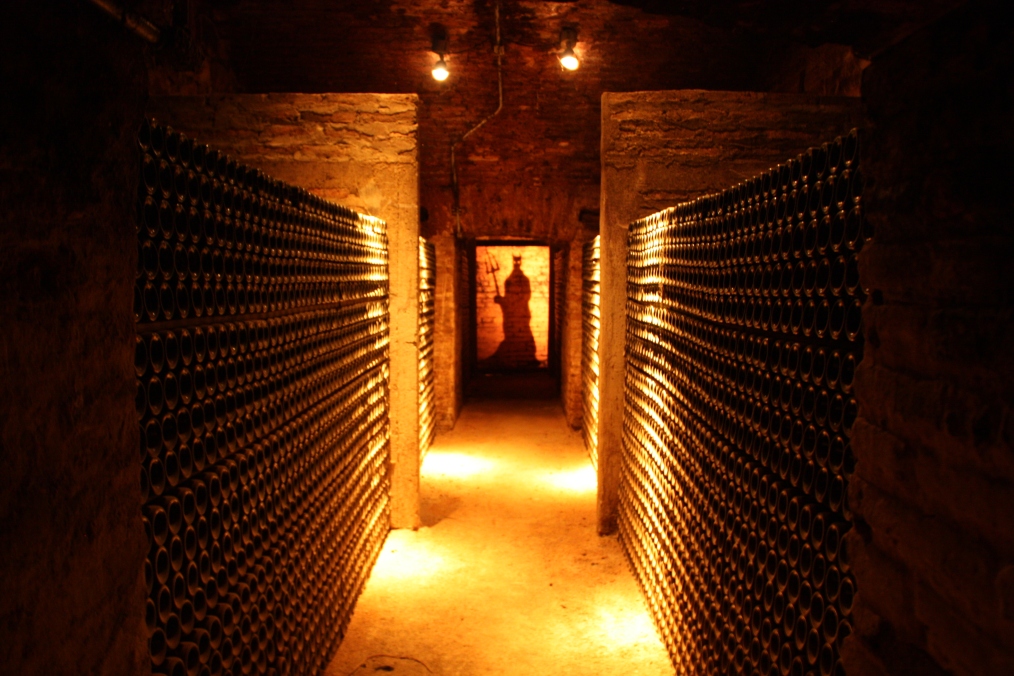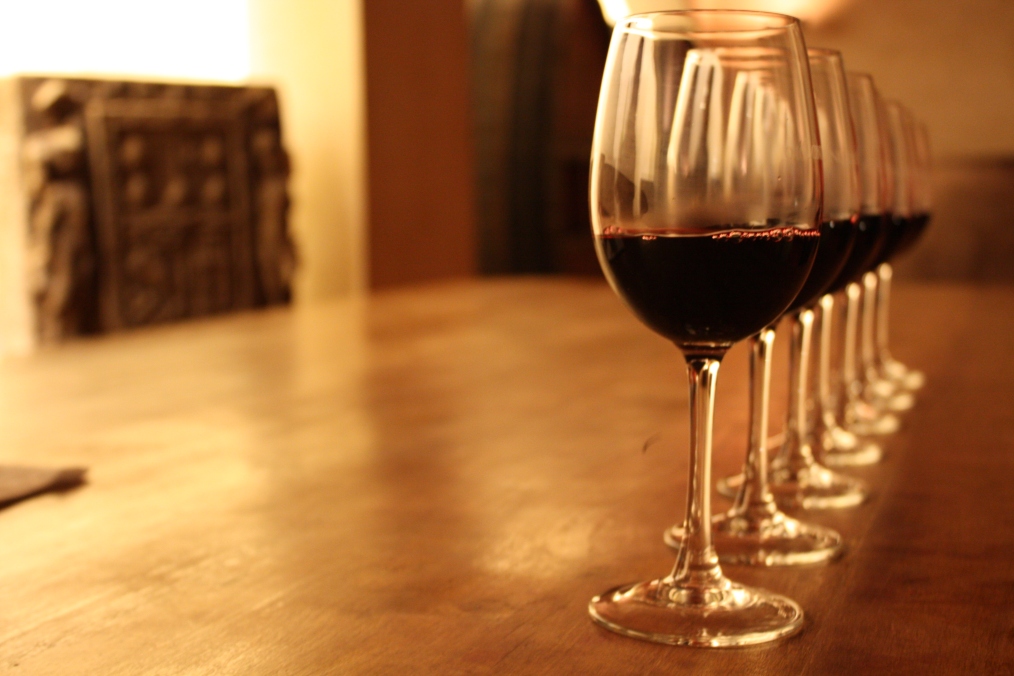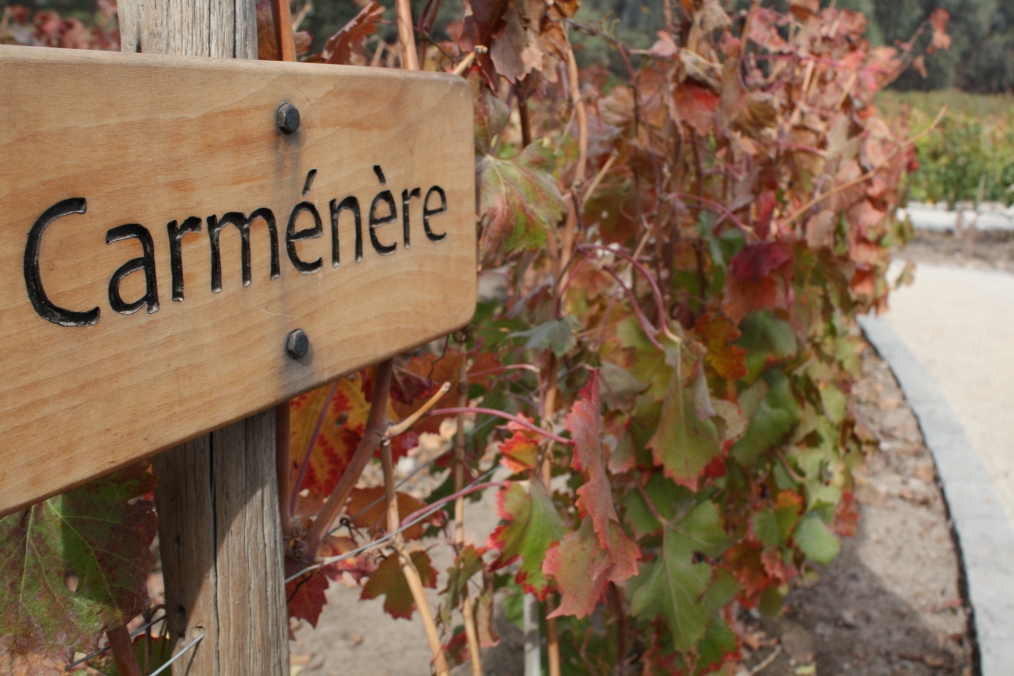by Ashley Wu:

Bruner/TYG
Take the metro about 12 stops from downtown Santiago and you’ll find yourself in wine country. While we have been learning unofficially about wine since arriving in Santiago, today’s visit to Concha y Toro’s corporate office and Pirque vineyard fleshed out some greater details about both the economics and the legend of winemaking.
Almost everyone in Chile that we asked about wine, from taxi drivers to photographers to expatriate journalists, mentioned Casillero del Diablo among the wines that we had to try while we were here. They were all excited to share the fact that great Chilean wines, like the Diablo, can be found for fewer than ten dollars a bottle. But wineries like Concha y Toro are now working hard to shift their reputation from being producers of great value wines to world-class producers of fine wines. If Concha y Toro’s average annual 18% growth rate since 2001 (this is through the financial crisis and 2010 earthquake) says anything, sales of both value and high-end wines are rocketing.

Bruner/TYG
To test for ourselves, we tried a few different varieties at the vineyard. First, the Chardonnay Casillero del Diablo, one of Concha y Toro’s most popular varieties. Aged in American oak barrels for six months, it takes on both the wood flavor and citrus, pineapple, and vanilla notes.
Next, the Gran Reserva Carménère, a higher-end variety. To prevent theft of his wine, Concha y Toro founder Don Melchor spread rumors that a devil protected his cellar. Gran Reserva is aged in this original cellar in French oak barrels, developing notes of smoke, tobacco, and blueberry.

Bruner/TYG
Geographic barriers around Chile mean that it’s “sort of an island,” according to Martin Santibanez, head of tourism at Concha y Toro. The Atacama Desert to the north, Antarctica to the south, the Andes to the east, and the Pacific Ocean to the west mean that Chile is very much isolated. “Just like tuberculosis did not spread to Chile, phylloxera too,” said Santibanez. Legend has it that Carménère grapes, a specialty variety of Bordeaux, were brought to Chile and were the only ones that survived the phylloxera plague in 1867 because of the particular climate conditions in the country. These insular conditions, combined with good management, are perhaps what we should thank for great Chilean wines.
